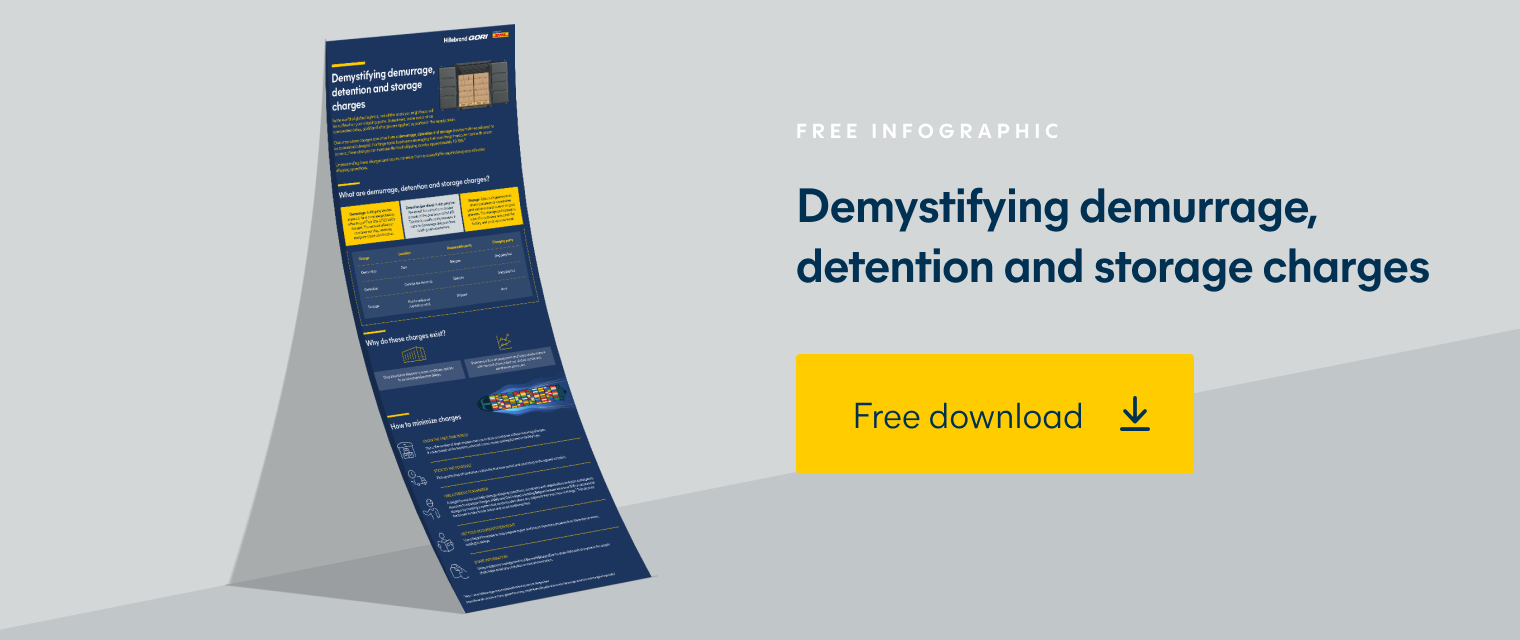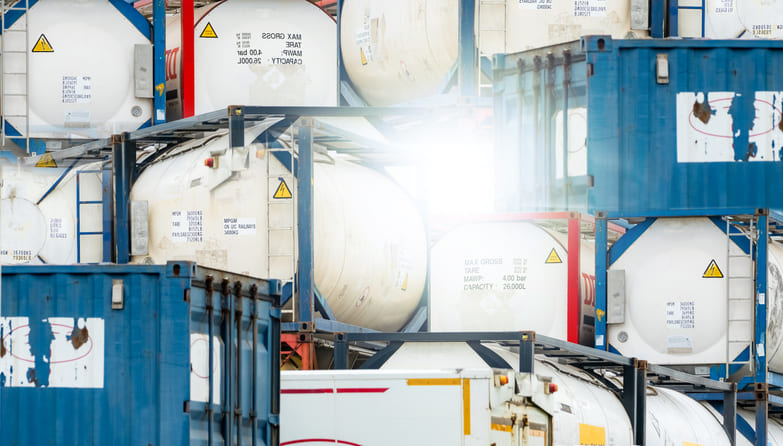What are shipping lanes and why do they matter?
Shipping lanes, also known as sea freight lanes, are the parts of the ocean that shipping vessels use to travel between ports. The specific route that the ship takes is called a trade lane.
The trade lane you use to move your beverages on can fluctuate in terms of capacity, cost and availability, so keeping up-to-date on your global shipping lanes is vital. Wine and alcoholic beverage businesses can better plan shipments, manage their supply chain, and save both time and money if they have an understanding of the shipping lanes they use.
Where are the world’s major shipping lanes?
Shipping lanes help to make shipping goods from one port to the next more efficient. The world’s busiest shipping lanes can be measured by either the number of ships or amount of cargo, and can be found around the world.
The English Channel
Whichever metric you use, the English Channel that separates England and France is the busiest shipping lane in the world. The Dover Strait, which is the narrowest part of the Channel, sees 500-600 vessels travel through it daily, and strict traffic lanes are in place to prevent collisions.
The Strait of Malacca
The Strait of Malacca is a shipping lane that runs between Indonesia, Malaysia and Thailand, connecting the Pacific and Indian Oceans. Around one third of the total volume of all global trade passes through the Strait every year.
The Panama Canal
The Panama Canal is one of the two most strategically important artificial waterways in the world, along with the Suez Canal. It is 40 miles (65 km) long, stretching from the Caribbean Sea to the Pacific Ocean.
The Suez Canal
Flowing through Egypt, the 120 mile Suez Canal ties Asia to Europe. In 2019, 18,880 shipping vessels passed through the canal, making it one of the busiest shipping lanes in the world.
The Strait of Hormuz
The Hormuz Strait separates Iran from the Arabian Peninsula, and is of global strategic and economic importance. In the mid-2010s, one-third of all seaborne trade passed through it.
Mapping shipping lanes: Maritime traffic around the world
The busiest shipping lanes in the world sometimes experience congestion and bottlenecks, which can influence your choice of shipping lanes. Live sea shipping tracking maps, such as the one from MarineTraffic, use marine traffic AIS (automatic identification systems) to give a snapshot of global shipping traffic.
Other shipping maps, such as the one created by Kiln using data from the UCL Energy Institute, give a broader insight, showing movements of maritime traffic from global merchant vessels during 2012.
Shipping lane logistics: The state of global sea shipping
Understanding what's happening with the shipping lanes involved in global trade is an important part of wine import and export. Here’s our update on the state of sea shipping lanes in 2023.
Oceania to North America
Demand from Australia and New Zealand is currently high, and space on vessels and shipping lanes can be limited. As a result, ocean freight is moving more slowly in this shipping lane than in previous months. 20ft shipping containers, in particular, are in limited supply in both Adelaide and Nelson.
Similarly, on North America’s west coast there is limited availability for direct services due to port delays, which are resulting in shipping delays and congestion. Space is also limited on the east coast, although with a lesser impact on shipping schedules. Alternative shipping options include groupage and air freight, which can help manage your supply chain and budget.
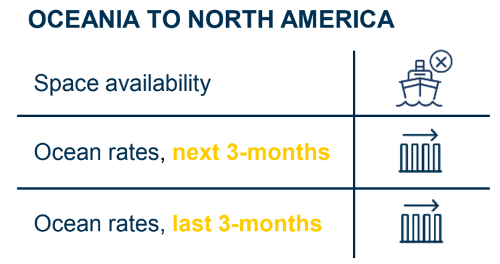
Oceania to Asia
Demand is consistently strong in this shipping lane, but the creation of new shipping lines has expanded the cargo space available. This is helping to ease congestion, and also make freight rates more competitive, particularly from the Australian East Coast, which is good news for alcoholic beverage businesses.
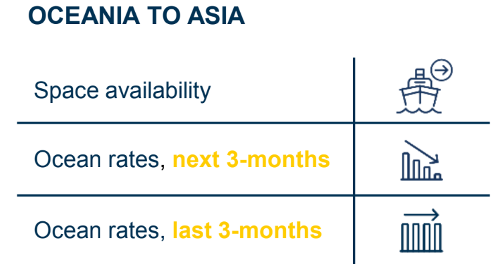
North America to Europe
Schedule reliability continues to improve in this shipping lane, and congestion is also down. Having recovered from the temporary jump in rates in October 2022, ocean rates are expected to remain stable for the near future. Waiting days at berth are also down, but rail delays are having an impact on delivery schedules.
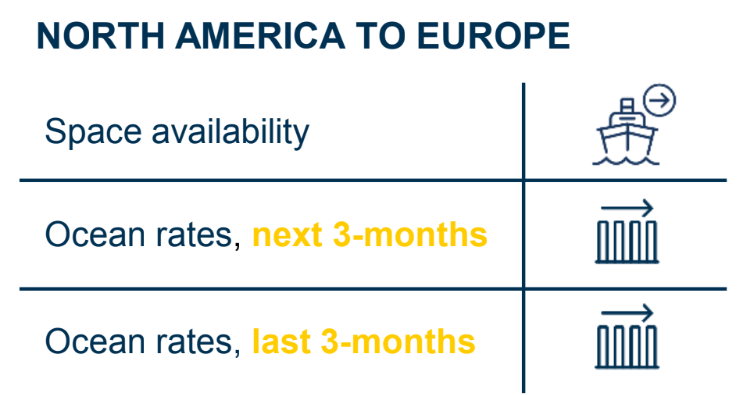
Asia to North America
Ocean freight rates for Asia to North America shipping lanes have recently declined to around $1400 /FEU to the US west coast. They are expected to remain low but stable over the next few months.
Although all equipment types are now readily available across Asia, many carriers are experiencing chassis shortages at main ports. Space is widely available, and this is expected to continue in coming weeks.
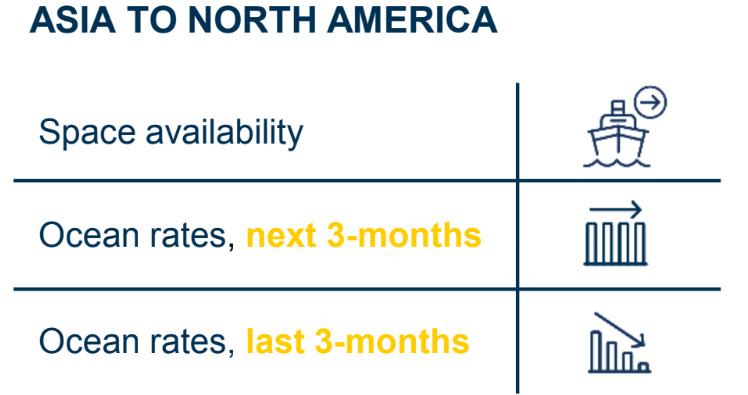
Europe to Asia / Middle East
Despite the relaxing of China’s zero Covid strategy, demand continues to be low. Increased slow steaming and alternative shipping lanes are being used to adjust to lower demand, such as diversions around the Cape of Good Hope instead of the faster Suez canal route.
Spot rates are also declining, although more slowly. In the coming weeks, space is expected to remain stable, although demand is likely to increase for Ramadan, beginning on 22nd March.
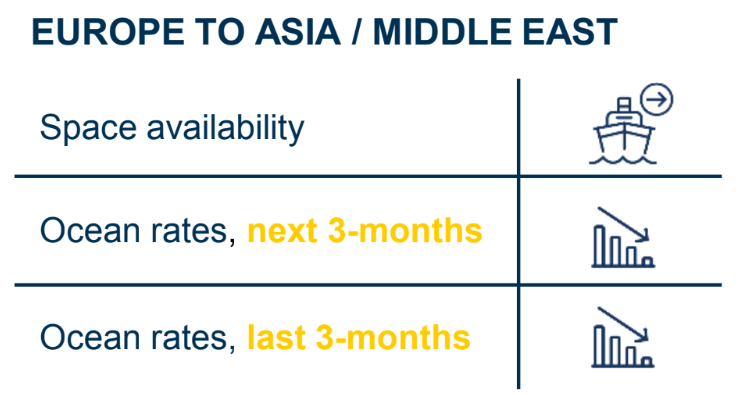
Download the full February 2023 global shipping lane dashboard
Find out how we can help your shipment go smoothly
Shipping lanes are an important part of global shipping logistics. Shipping your beverages quickly and efficiently requires an in depth understanding of the current state of shipping lanes and sea shipping.
A specialist freight forwarder like Hillebrand Gori can help you plan your shipping lane logistics and streamline your shipments. So if you are looking for help or insight into shipping lane logistics, get in touch to see how we can help your business, and bottom line, grow.
Published 24th August 2023, updated 26th October 2023
It's important to research and understand the various routes, carriers and transport modes available for your shipments. This helps determine the most cost-effective and efficient shipping lanes for your beverage shipments. Using a freight forwarder like Hillebrand Gori can help streamline your shipments by providing expert knowledge on shipping lane logistics and offering solutions tailored to your business needs.
Some shipping-lane risks include collisions with other vessels, piracy and severe weather conditions. Shippers need to plan ahead and take necessary precautions to minimize these risks and put in place an insurance policy in the event of an incident.
Many carriers and freight forwarders offer tracking services for shipments, which you can access through their websites or mobile apps. We offer a tracking system that allows you to manage shipments, follow your shipment’s journey and get notified of important milestones. This helps you stay informed and in control of your shipment.
Ships transport around 11 billion tons of products on average each year, according to the International Chamber of Shipping. This number highlights the crucial role that shipping lanes play in global trade and transportation.

